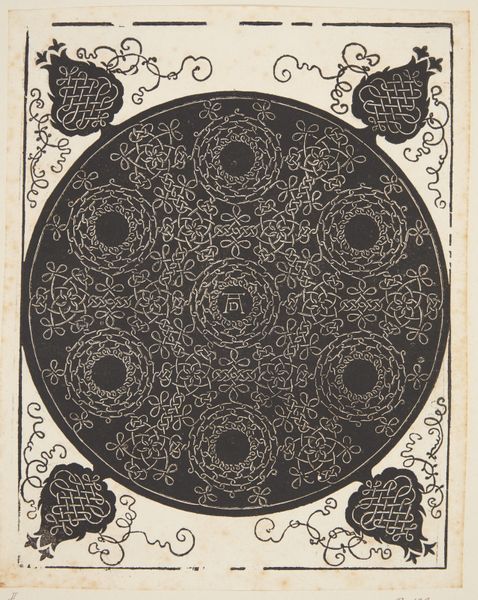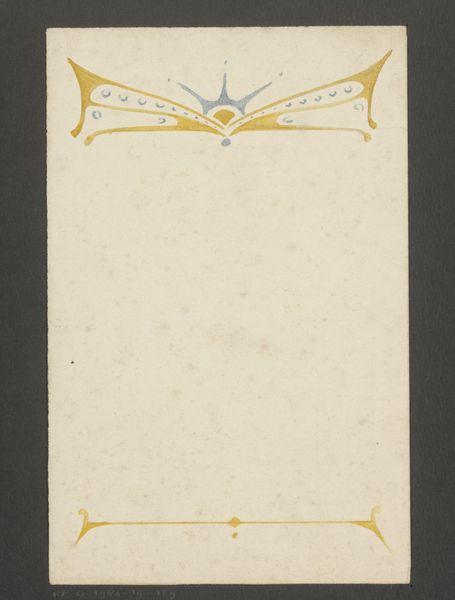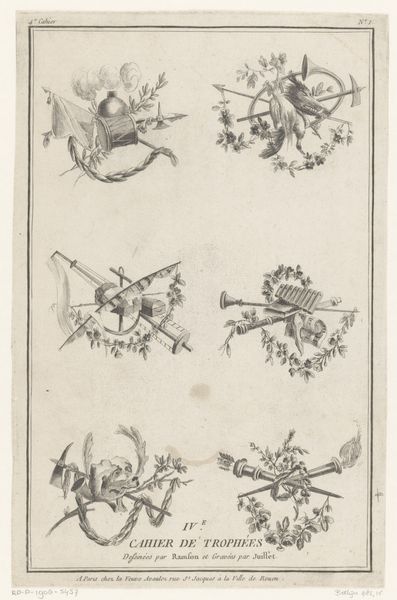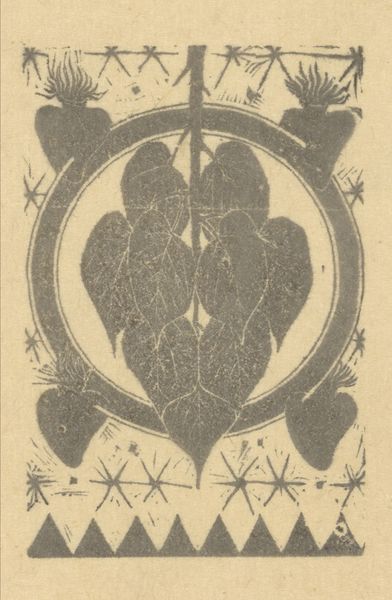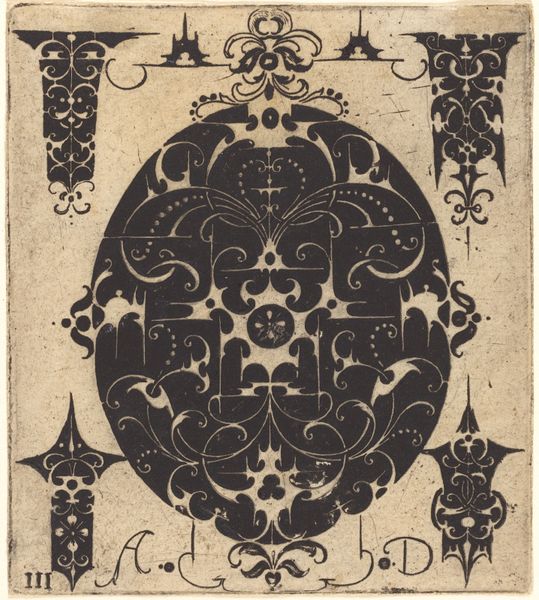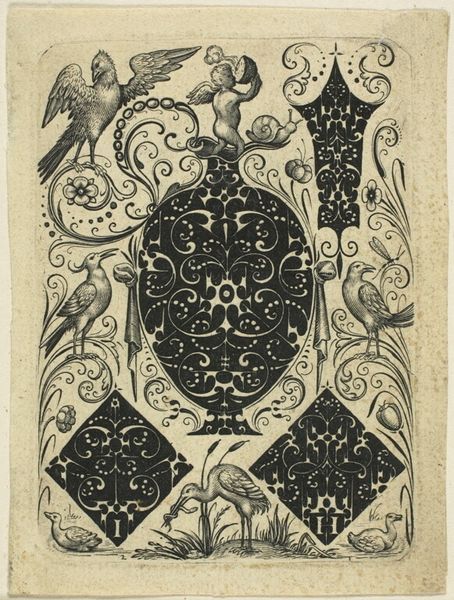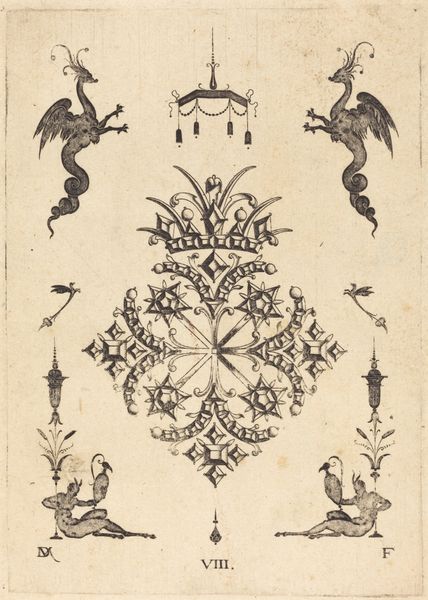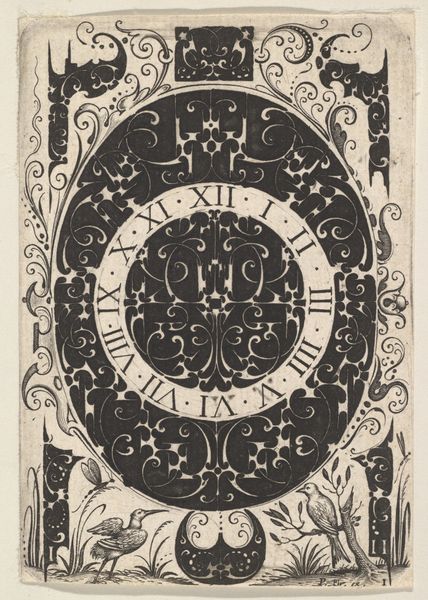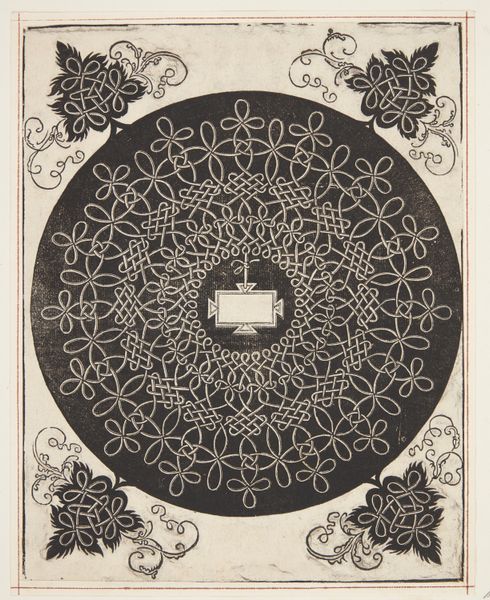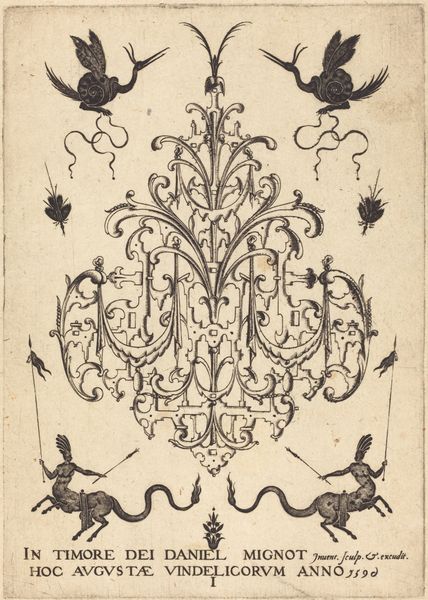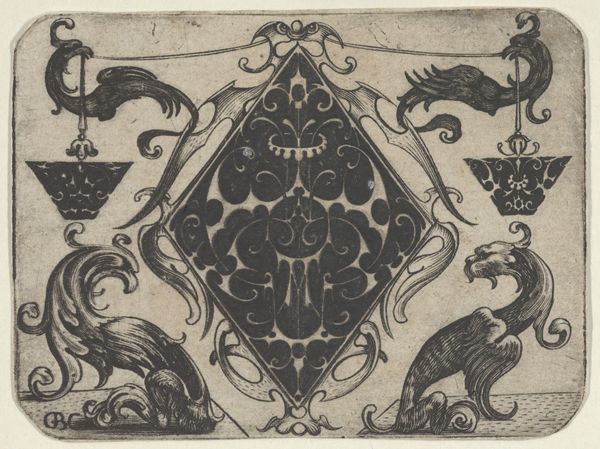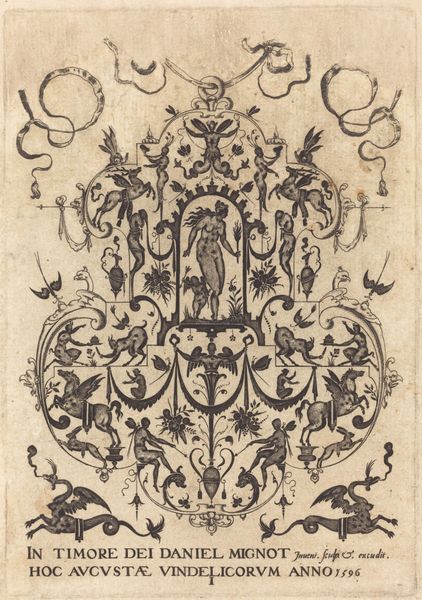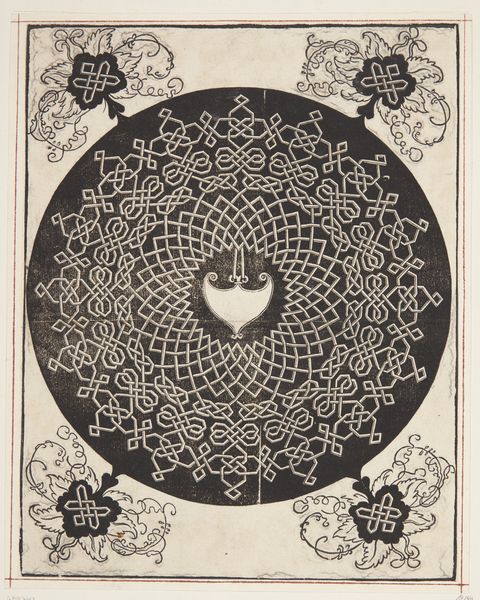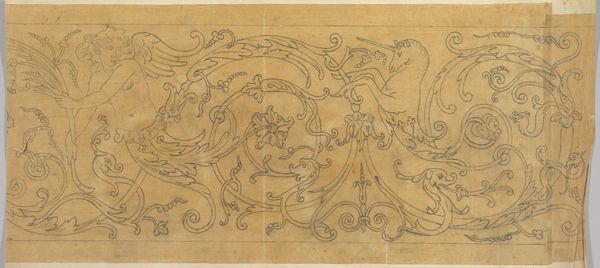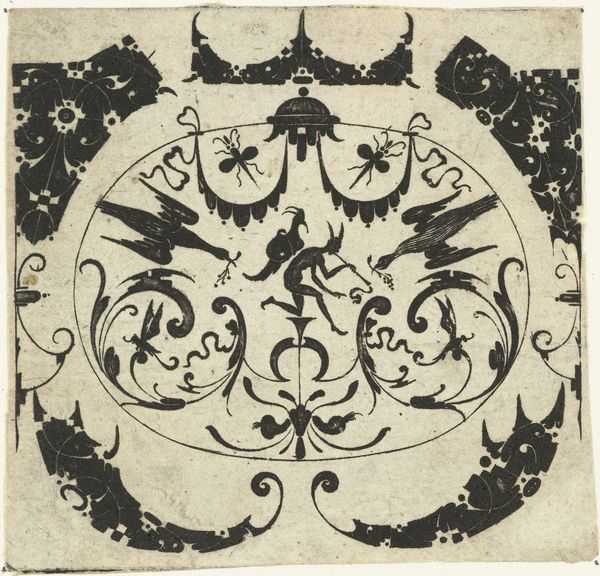
drawing, pen
#
drawing
#
art-nouveau
#
pen drawing
#
landscape
#
linocut print
#
pen
Dimensions: height 418 mm, width 211 mm
Copyright: Rijks Museum: Open Domain
Editor: We're looking at Theo van Hoytema’s “Kalenderblad voor november 1914 met een kaardebol,” made in 1913, held at the Rijksmuseum. It's a pen drawing, and something about its delicate lines makes me think of botanical illustrations, but with a slightly melancholic feel. What strikes you about this piece? Curator: I’m drawn to how this calendar page reveals the fascinating intersection of art, design, and social function. Calendars, throughout history, have served not only as timekeeping tools, but also as vehicles for artistic expression and cultural messaging. The use of the thistle is particularly evocative. Editor: Evocative, how so? Curator: Think about the political and social climate of the time. It’s 1913, on the eve of the First World War. Hoytema chooses a somewhat prickly, unyielding plant. Is this a commentary on the looming conflict? Or perhaps a symbol of resilience and the endurance of nature amidst turmoil? How do you see this in light of the looming war? Editor: That's interesting, I hadn't thought of it that way. I was focused on the art nouveau style. Maybe it is a deliberate contrast – beauty coexisting with impending dread. Curator: Exactly! The Art Nouveau style, often associated with optimism and beauty, is here subtly subverted, creating a sense of unease, a visual tension reflecting the societal anxieties of the era. And note the meticulous detail – this wasn't mass-produced. It speaks to a particular market, one that valued craftsmanship and artistic flair in everyday objects. Editor: I never considered how much a calendar could reflect the world around it. It’s more than just dates, isn't it? Curator: Precisely! This piece reveals the layers of meaning embedded within even the most functional objects. It gives a unique window into how society thought about and portrayed their world.
Comments
No comments
Be the first to comment and join the conversation on the ultimate creative platform.
